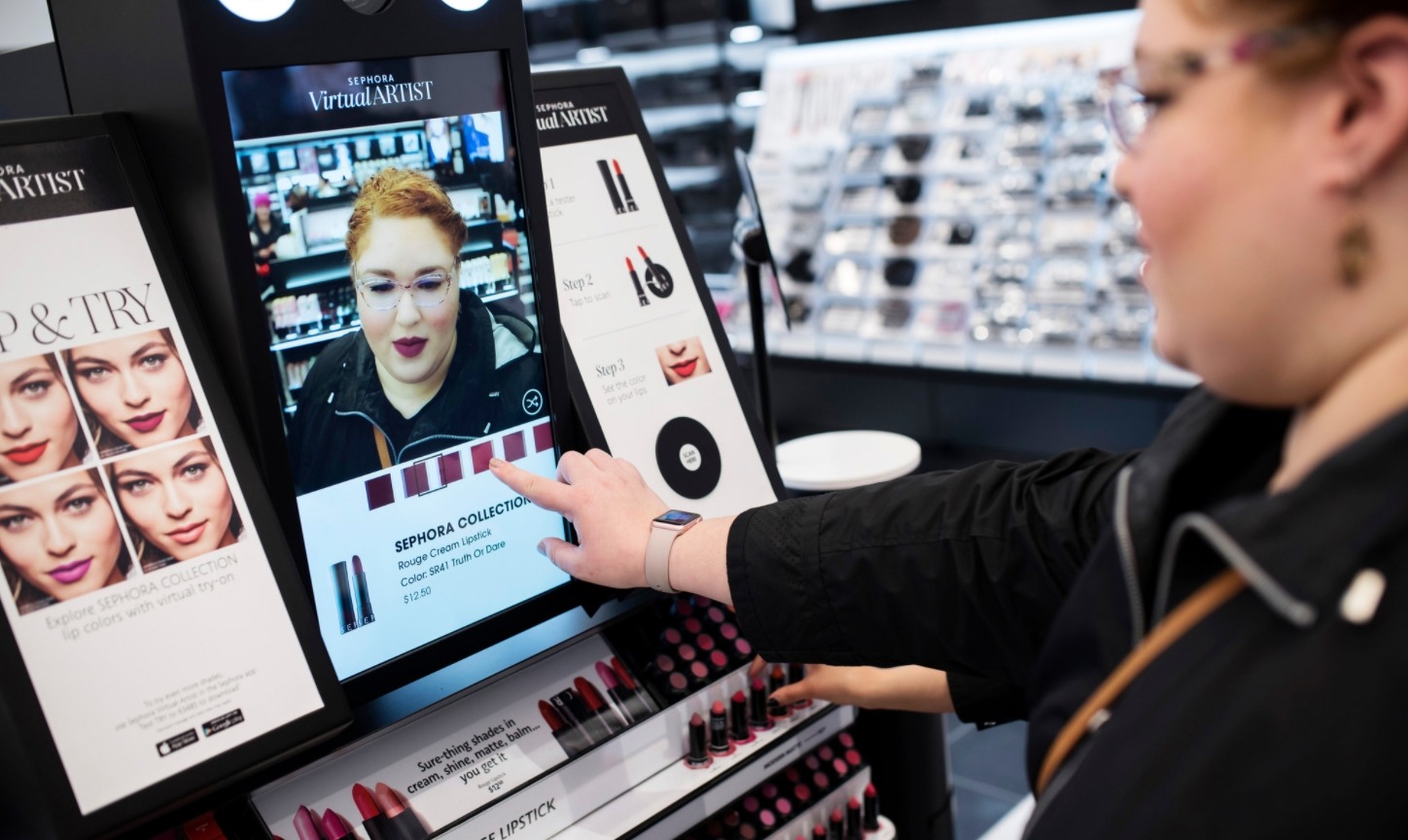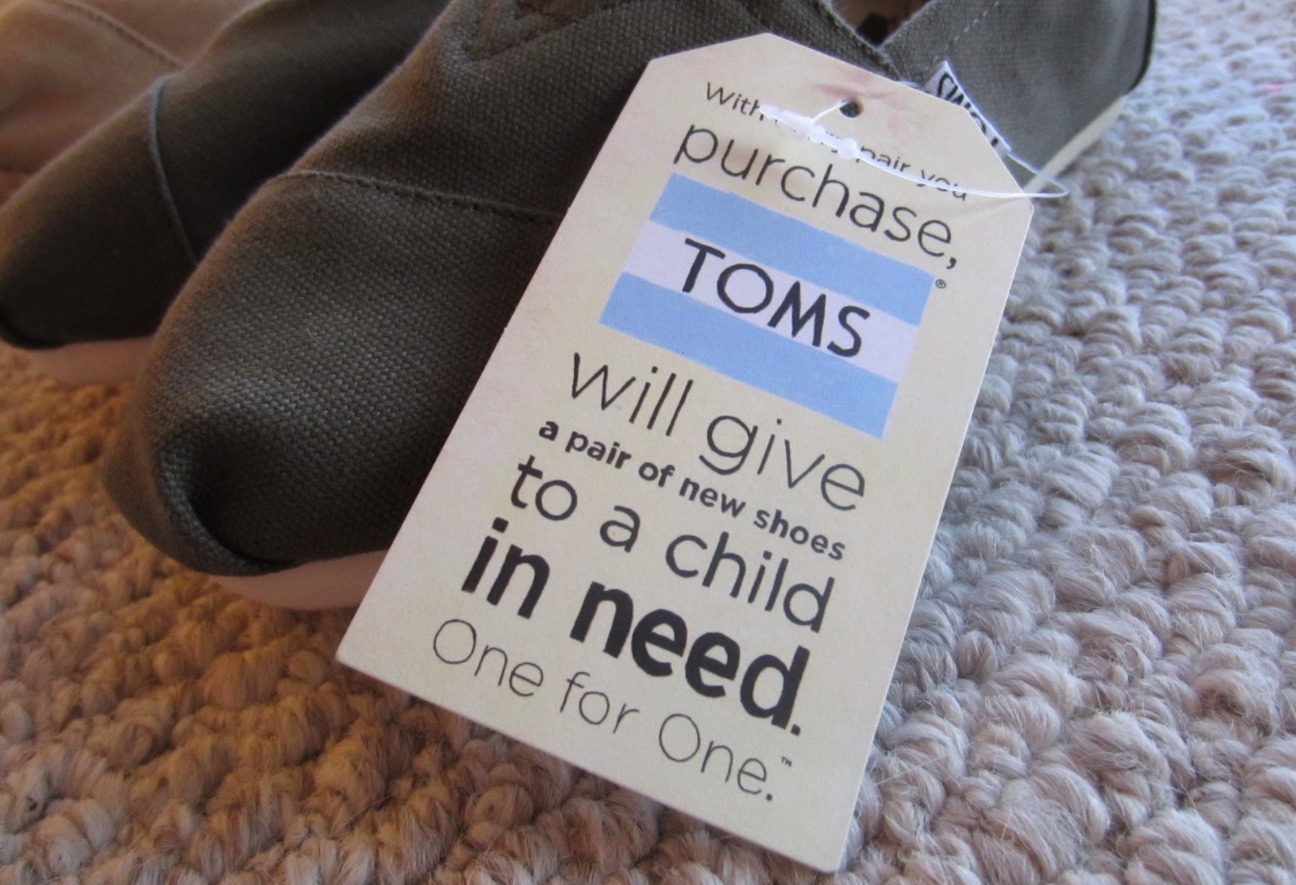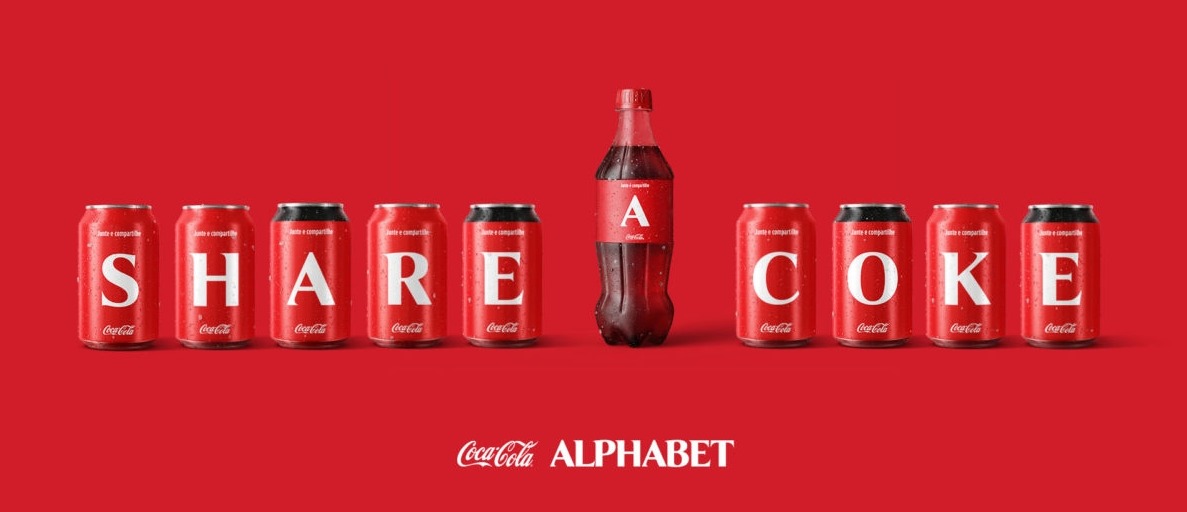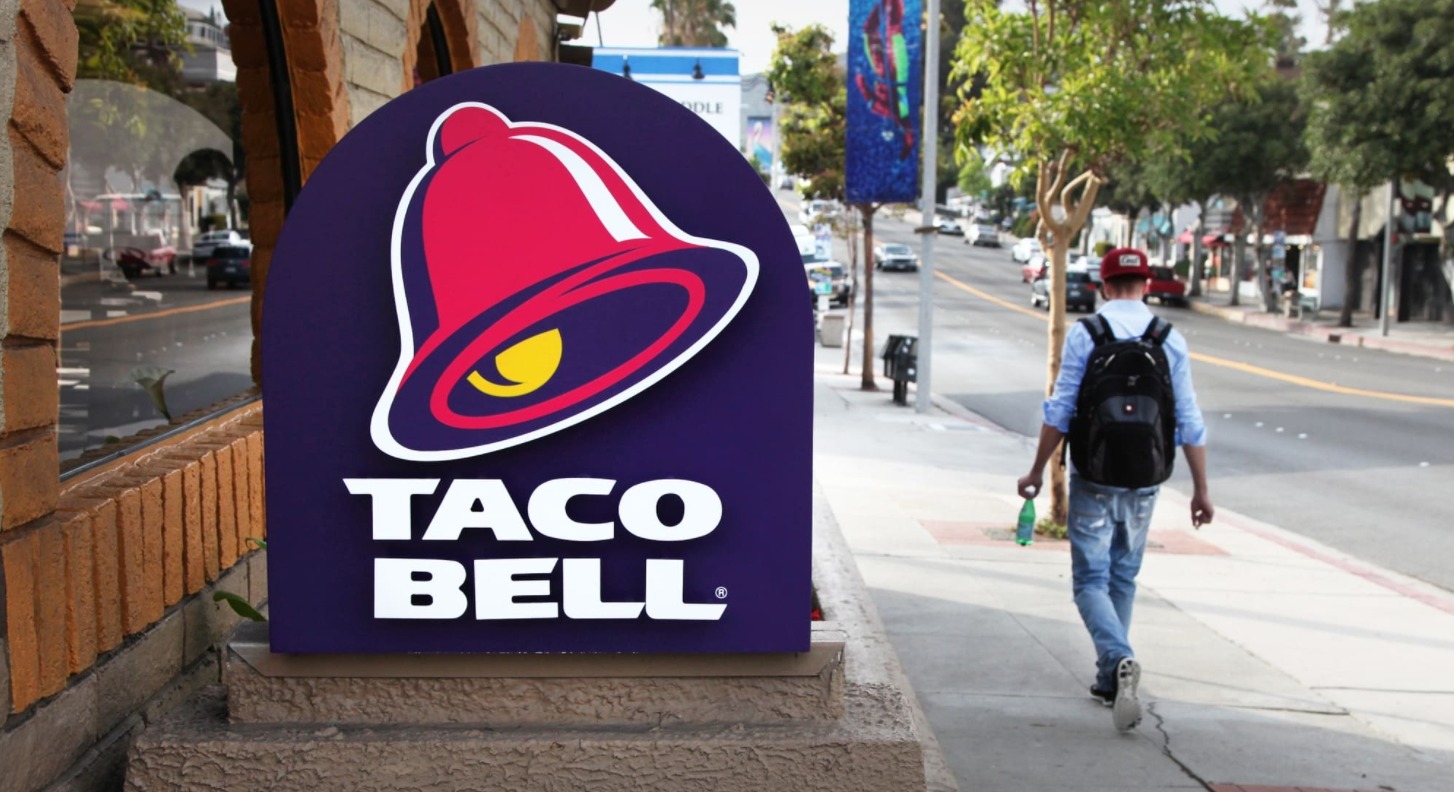The 11+ Best Marketing Strategy Examples to Copy for Your Brand
Are you looking for some marketing strategy inspiration? I can’t blame you. The marketing industry is dynamic. New tactics, trends, and technologies emerge too frequently for anyone to keep up. If you’re stuck in the past and still use outdated marketing strategies, you can’t succeed.
In the last year, we saw a number of new marketing tactics and even the resurgence of some old ones. Digital marketing trends like chatbot marketing, podcasting, voice/visual search optimization, and brand sympathy occupied center stage. This year, we can hope to see newer and more non-disruptive marketing strategies. People are already stressed out enough because of the pandemic to be disturbed by ads.
Sales and marketing tips, statistics, and research material can help you formulate an effective marketing strategy for your business. But there’s nothing like some good marketing strategy examples to get the creative juices flowing. In this article, I’ve covered the best brands that nailed their marketing strategies.
They either invented an entirely new tactic to draw in customers or had an innovative twist to an existing strategy. In any case, the results were stupendous. These brands might not be in the same niche or have the same size as your company, but you can replicate their marketing strategies for your business. Or you can pick some examples that best align with your brand. Either way, it never hurts to take a look.
Let’s dive into the best marketing strategy examples on the market.
What’s a marketing strategy?

But, first, let’s get the basics of marketing strategy out of the way by knowing the definition:
A marketing strategy is a blueprint created by a company or the marketing team for steps to reach their ideal customers and achieve the business objectives by persuading the target audience to buy a product or service.
When creating a marketing strategy that can drive your business’ growth, you need to ensure that it has these essential components:
-
Target audience: This is the customer segment that all your marketing plans and activities will be directed to. You need a well-defined target audience, or your strategy will fall apart. You must know their triggers, motivations, challenges, barriers to buying, and how they measure a product’s satisfaction. Once you do, you will create a marketing strategy that communicates with them effectively and crafts campaigns with a high response rate.
-
Business offers: What is your company’s offering to the target market? Is it a good product or a service? Is it physical or digital? You don’t need to have a marketing strategy in place if you don’t have an offering (or a solution) to provide to the ideal customers. Does your product or service actually solve a problem or offer a new benefit?
-
Value proposition: Regardless of the industry, you need to differentiate your brand with unique value propositions. The value proposition is the sweet spot between your offerings, market options, and what customers need.
-
Goal/objective: What are your goals and objectives, and how can the marketing strategy help you achieve them? You must know the relationship between the overall business strategy and your marketing goals. Once you do that, you’ll be able to define and focus on the marketing activities that can help you achieve overall business goals. Identify realistic and smart marketing goals that can be measured to evaluate the success of your marketing activities.
-
Engagement strategy: The engagement strategy should include all the channels your brand will use to communicate with the target audience. It can consist of owned, paid, and earned media channels. You also want to include traditional offline media and digital channels as well. When you can do that, you’ll have a strong brand presence that attracts prospective buyers.
Having a clearly defined and strong marketing strategy will help you determine where you should focus your budget and energy. Brands that create marketing strategies (such as the next examples) benefit from the direction they have so they can efficiently achieve the business goals.
Read more: The Ultimate Guide For Marketing Strategy.
The best marketing strategy examples to copy
This section will dive into the best marketing strategy examples, the thought processes behind each strategy, and the brand-generated results.
Example #1: Spotify Marketing Strategy

Today, Spotify is one of the most known global companies in the world. But how did this Swedish brand conquer the love of music listeners everywhere?
There are many streaming music services, but the thing that makes Spotify unique is its focus on helping music lovers discover new content. Spotify breaks the traditional type of a typical music streaming platform and instead offers users a totally new music experience.
For instance, in addition to the typical filter by genre, Spotify allows users to choose music playlists based on their moods, whether they want to sleep, to work out, sing in the shower, or even cry (I tried it, it worked). This feature helps users discover songs that would never have popped up to them with a traditional music streaming service and, in turn, reinforces their relationship with Spotify.
They are also the industry leaders in using artificial intelligence to create playlists specifically based on users’ habits, like Release Radar, Discover Weekly, or A Year Lookback.
This personalization and unique character of Spotify is shown well in their marketing activities. You will see billboards that call out specific music listeners and ads that show how people are enjoying music in their own way on the app. The marketing strategy makes Spotify a music-listening buddy that no one can live without using data.
If you want to copy the strategy: Think of how your brand can help users find out new aspects of themselves and reinforce the effect by marketing activities.
Example #2: Sephora Marketing Strategy

Sephora is known for its high-quality beauty and skincare products. The main target audience of the brand is women — but not just any woman but who are willing to spend on medium-to-high products to look their best. Sephora is also known for personalizing the beauty experience for its buyers, which differentiates them from the competitors.
The marketing strategy of Sephora is based on interaction in-store and online shopping experiences that aim to address and meet each user’s core needs. By collecting data from customers, Sephora uses it to make well-informed decisions for marketing campaigns. Having deep insights about the customer helps Sephora improve the shopping experience both online and in-store.
Through exclusive competitive analysis and research, the marketing team at Sephora could discover that most women who spend money on cosmetics and skincare products were frustrated with purchasing products that couldn’t deliver the promised results. Using content marketing, Sephora was able to create useful and interesting content that addressed some of these concerns on the website and offered consumers the opportunity to visualize what Sephora’s products could do for them—even before buying.
The company produced a bunch of content like tutorials on how to effectively apply skincare products as well as using the Virtual Artist feature to help customers demo the products on their skin before they buy. The online channels that distributed both written and video-based content were social media, a mobile app, and email. Some keyword-rich content that answered a particular skincare question also ranked high on Google and generated organic traffic, clicks, and sales for Sephora.
If you visit Sephora’s YouTube channel, you’ll see that it now has hundreds of videos for beauty tips. Additionally, the company is now partnering with many YouTube influencers and celebrities to showcase Sephora products. Aside from YouTube, Sephora also collaborates with many Instagram influencers and brand ambassadors to reach a new and qualified audience.
By using a mobile app to create personalized beauty care experiences, Sephora offers customers and prospects the best products and guides at their fingertips. This mobile app enables consumers to check out buyers’ reviews and product recommendations. It also has an augmented virtual feature that lets buyers try the products before buying.
If you want to copy the strategy: Sephora’s marketing strategy example was successful because of its diversification. If you have the resources, try to create a personalized experience in every touch with customers.
Example #3: Heineken Marketing Strategy

If social media popularity is a good indicator of a brand’s popularity, then with more than 24 million Facebook likes (as of this writing), Heineken is probably the most popular beer brand as we know it.
Heineken has a reputation for creating stylish, recognizable ad videos that embody the brand’s message of “Open Your World” for their global slogan. The campaigns of Heineken often appeal to the brand’s key audience - millennial males. The brand’s focus on this demographic has led to heavy investment in sports sponsorship: Heineken has established the brand as a primary sponsor of the UEFA Champions League and has since then been an unmissable part of Wednesday evening football nights.
Recent years have been rewarding for the brand as well. Heineken won the Creative Marketer of the Year award at 2015 Cannes Lions, where the CEO of Lions Festivals described Heineken as living and breathing creativity throughout the organization, and also has a superb framework that allows the marketing teams to have the freedom to experiment while showing the core essence of the company.
Heineken brilliantly combines the creativity juice with a laser-focus on their key demographic and constantly expands the effort across many territories. Heineken is one of the most dynamic brands to build and execute a consistent multi-channel marketing strategy. With the effort, the slogan “Open Your World” is known by almost every man on the planet.
If you want to copy the strategy: You need to create and scale a consistent, integrated message across many channels. Also, you need to have creativity in your advertising efforts and combine them with clever use of sponsorship. And all of that needs a laser-focus on your brand’s target demographic.
Example #4: GoPro Marketing Strategy

Some may argue that GoPro is lucky for its success because its products naturally result in highly visual and immersive content that appeals to the emotions of viewers and encourages interactions and shares. After all, GoPro video content is authentic and highly shareable. But, more than that, when it comes to marketing, the brand took that clear advantage and elevated it even more.
GoPro videos are perfect for global social media platforms that focus on videos such as YouTube, Twitter, or Vine. At any given moment, a user can upload a video and go viral on any one of these platforms. This is just one element of GoPro’s incredible success.
GoPro has actively engaged with key communities, securing brand awareness and image in key industries; most notably in the adventure and extreme sports market. The brand also has a strong position in specific niches, such as scuba diving and road cycling. I still can feel my sweaty hands watching a dirt road biker performing on a GoPro video.
For GoPro, it’s not so much about the miniature cameras, but the possibilities that they can create are what generates the leading brand position. Nick Woodman, CEO, and inventor of GoPro spoke of how the camera has made nothing unfilmable in an interview, and that is why more people would buy these small cameras, put them on their heads and start an adventure.
That is also one of the brand’s greatest strengths - user-generated content.
GoPro constantly improves the technology users can use to edit, upload, and share their videos. There is also a GoPro mobile app to let users do this on their smartphones. It makes for an exciting marketing strategy with multiple benefits, setting an expectation in customers’ minds for the entertainment that a GoPro camera can create.
Ultimately, it is the way that GoPro uses to approach its customers and content that defines the brand’s marketing strategy. For GoPro, content is a part of the brand just like the product - and all are an incredibly powerful asset.
If you want to copy the strategy: Create a content strategy that can become a defining part of your brand, then engage with specific communities and key markets to promote user-generated content made with your products.
Example #5: Philips Marketing Strategy

Philips has always been an iconic name but it became an inspiration for many others when it switched its marketing strategy and launched a campaign that aims to shake up the way we view the world.
The Better Me, Better World Campaign was launched by Philips in 2017. This campaign offered customers special benefits while letting them support global healthcare causes by donating to the Philips Foundation. The objective of this campaign was to support three billion people in need every year. Philips has always been widely known to support many good causes—from supporting at-risk mothers to children around the world with cleft palates.
Philips’ “Better Me, Better World” campaign was an ingenious move and helped to drive a cause that has now inspired many other big brands to establish giving initiatives for people in need. Collaborating with a marketing agency, Philips spread their message to a variety of digital channels such as press, PR, email marketing, social media, events, live streaming, paid advertising, and, of course, blogs.
If you want to make a huge difference with your marketing strategy, don’t miss the opportunity on any content distribution channel. Even if your target audience prefers to watch videos or other visual content such as images, infographics, etc., you still need to create articles and blog posts to cater to an audience who want to read texts - even if it’s just a small audience.
If you want to copy the strategy: Perhaps the biggest lesson here is to incorporate a bigger purpose for your marketing strategy and turn your brand into a company working for the better causes. That way, both your brand and customers can feel more contributing to the world.
Example #6: TOMS Marketing Strategy

TOMS is a shoe brand that’s geared towards a new generation of socially-conscious audiences. This audience wants to have stylish, affordable, and comfortable shoes yet support a good cause for the world.
That is when TOMS sought to make a social impact via the “One for One” program - which allows the brand to give one pair of shoes to a child for each pair of shoes a customer buys. The marketing strategy, much like Philips, is based around making a positive difference in children in need’s lives. And to participate, each consumer just needs to purchase a pair of shoes. It leaves customers a good impression of who participated in a noble cause because they know they did something good.
But that is not the only campaign TOMS did. The One Day Without Shoes (ODWS) campaign also helped the brand get closer to the customers by educating them on what the company represents and the social mission it has.
This is a powerful marketing strategy that’s helping TOMS gain more loyal customers. The ODWS campaign is a global event that’s all about going barefoot for a day. The brand’s social media followers are encouraged to take shots of their bare feet and upload pictures on Instagram with the hashtag #WithoutShoes. Each Instagram post would donate a pair of shoes to a child who needs them.
In 2016, the ODWS campaign of TOMS donated more than 27 thousand pairs of shoes to children globally and as a result, earned engagement from 3.5 million people across all social media channels.
TOMS has built an engaged community of loyal customers through these campaigns. They invest in knowing about their customer’s behaviors, values, and habits and then using the data to create marketing strategies that not only generate sales but also can make a positive social impact.
Of course, social impact requires strong social media marketing to spread the message and gain attention. That’s why TOMS uses all platforms like Facebook, Twitter, and Instagram to drive the brand’s social causes.
If you want to copy the strategy: TOMS campaigns for social causes are good examples of conscious marketing strategy. There’s no aspect of this strategy that happened by chance, it was all a part of the brand’s plan. To do the same thing, you need to make use of your social media channels - both organic and paid. Also, get deliberate with your marketing activities.
Example #7: Nike Marketing Strategy

Nike is such a marketing powerhouse that so many brands want to learn from their success. Summarizing the core strengths of their marketing strategy is not an easy task.
Over the years, Nike has instilled an unmistakable brand identity into consumers’ minds around its specific values. By nature, these values aren’t easy to place into a person’s mind, but when succeeded, they deliver great brand equity and value.
The roots of Nike’s marketing success are embedded in the brand’s culture. Innovation, for example, is a quality that Nike embraces on all fronts. Nike was voted the No. 1 Most Innovative Company by Fast Company in 2013 and has nurtured a culture for true believers within the organization for years, repeating motivational phrases such as “If you have a body, you’re already an athlete.”
That self-image of movement and heroism in everybody is infused into all of Nike’s marketing messages and product releases and transferred to a group of audience who are eager to find the secret in everyday life. Which explains how Nike chooses its collaborators and ambassadors: only the sports legends with a lot of social impacts can step in the line.
Nike’s advertising, marketing messages, and strategy are numerous but stay true to its core value. For a brand with a prominent global profile, their marketing activities are fueled by a culture that lives and breathes the values of athleticism, innovation, dream, and desire. All of these forge into one in the mind of a customer, forming a collection of values that builds Nike as an unmistaken sports brand.
If you want to copy the strategy: Build a marketing strategy that is both fueled by, and an expanded version of, your company culture. This highly sophisticated brand culture is only achieved by a few brands in the business world, such as Apple or Disney.
Example #8: Twitch Marketing Strategy

Twitch is an online streaming platform that was acquired by Amazon.com in 2014 for $970 million, which affirmed the platform’s position as something the market has to look out for.
Twitch’s tremendous growth has been a result of a simple yet extremely valuable value proposition: being a platform on which streamers can create high-quality live-streams, with video-gaming broadcasts being the main focus. By February 2014, Twitch became the United States’ fourth largest source of internet traffic during peak hours, only behind Netflix, Google, and Apple.
Twitch’s marketing strength is rooted in the community, and more specifically, in the way the company provides and nurtures the community, including its dedicated Twitch followers. Twitch’s marketing strategy follows a core principle of the internet itself: users want to learn and connect with each other. The role of Twitch has always revolved around building a community and creating clever ways of providing value.
Nowadays, streamers in multiple industries can live-stream on the platform and find millions of viewers as well as loyal fans. Fans can donate to support their favorite streamers on Twitch and find the connection in the internet environment.
If you want to copy the strategy: Nurture and provide your brand’s values for communities within a specific niche. When you can be special to a group of people, your brand can gain more loyal customers and never worry about running out of buyers.
Example #9: Coca-cola Marketing Strategy

Many bands consider including charitable causes into their marketing strategy as a part of their corporate social responsibility, but not all companies can be successful with the approach. Coca-Cola is a good example of how prioritizing solidarity can contribute to a brand’s international image and improve brand awareness.
Coca-Cola introduces many small programs focused on local communities to show genuine connections by people using the products. For example, the brand built 650 facilities to provide free drinking water in a small town in Egypt and supports a program to improve school facilities in India.
More than that, the spirit of connection is never lost in any of Coca-Cola’s marketing activities. You can see the tagline “Share A Coke” appearing in many campaigns, and it is often associated with a creative yet highly-connecting idea. By doing this, Coca-Cola became one of the leading drink brands to find new markets and consumers.
If you want to copy this: You don’t have over a hundred years of experience as Coca-Cola, but you can still create a social cause that your company can have the marketing strategy planned around. Then, based on your brand’s personality, you can create activities that share your message in your brand’s way.
Example #10: Taco Bell Marketing Strategy

Taco Bell is well known for its social media marketing activities in the digital marketing industry. However, that hasn’t always been true for the brand of nachos. In2011, Brian Niccol, President of Taco Bell at the time, spoke of how he let the brand become too much of a punchline.
Then, Taco Bell began a remarkable rebranding effort with their marketing strategy in early 2012, and crucially, refocused the brand’s marketing efforts toward social media. Ad Age awarded the brand with the 2013 title “Marketer of the year” award and said that Taco Bell experimented with its social media activities in ways other companies in the industry have not tried to reach its targeted millennial audience.
Same for your brand, you have to go to these other ways for your marketing efforts, because in the end, the world is changing so rapidly that hardly a channel can be enough to reach the audience anymore.
Staying on top of the habits of the target audience has been a strength for Taco Bell, but more valuable than that has been the brand’s ability to react to new changes. Ten percent of Taco Bell’s overall marketing budget is reportedly used for media exploration by finding new platforms and testing new tactics.
As mentioned in this article, many factors can contribute to a brand’s social media marketing dominance, but ultimately it is all rooted in a brand’s commitment to put the customers in the center and aims to best understand their key audience. successful brands aren’t afraid to take risks to get access to the audience and provide customers with the right content on their favorite platforms.
If you want to copy this: You need a deep understanding of your target audience and an explorer mentality when looking for more efficient ways to connect with people. Then, like Taco Bell, you can find new connections and gain more customers.
Example #11: Red Bull Marketing Strategy

Speaking of taking risks as a brand, perhaps no other company knows it better than Red Bull.
Red Bull is a brand that is known to inspire its audience to challenge its limits by using never-made-before marketing campaigns. Perhaps one of the brand’s most famous daredevil campaigns is Felix Baumgartner’s base jumping at supersonic speed from outer space.
However, that’s only the tip of the iceberg when it comes to Red Bull’s years of sponsorship for high-risk athletes.
And that is exactly the word that can define Red Bull’s marketing strategy: risk. With the Baumgartner jump and all of the other campaigns of the brand, many things could have gone wrong, but the marketing team knew that high risk could equal high reward.
Ever since then, Red Bull has pretty much still been the only drinking name that stands out in the dangerous sports industry. You may name Monster or Pepsi, but when it comes to athletes performing out-of-this-world stunts, you can bet that Red Bull would be there.
If you want to copy the strategy: If you can, play some risk with your marketing strategy, you may find your brand exploring niches that no other brand has ever touched. Like Red Bull, spread your wings and fly with your marketing campaigns.
Final words
Now that you understand marketing strategy and saw some great examples, it’s time to start creating yours. Always remember to have a clearly-defined marketing strategy for your company to succeed and win over other companies in your industry. It’ll also let your marketing team have a deeper level of commitment towards achieving the business’ goals.
If you ever run into muddy waters while creating your marketing strategy, check out other articles on the subject on the AVADA blog, where we have all the most necessary resources for eCommerce marketing. See you!
New Posts






